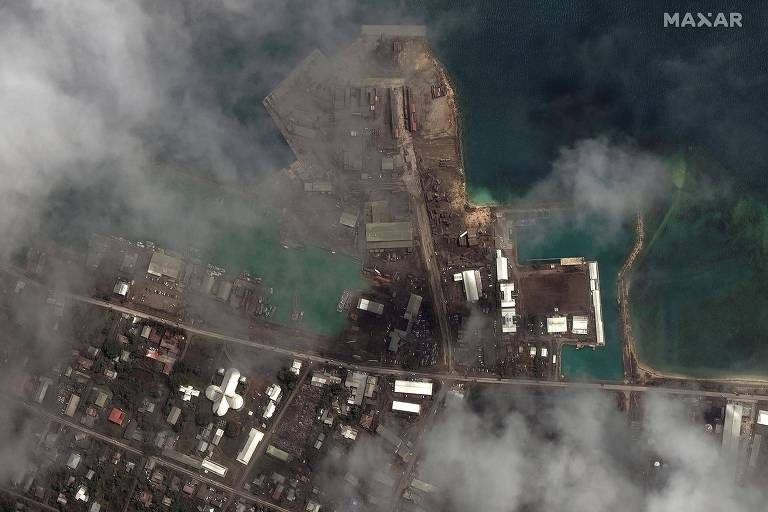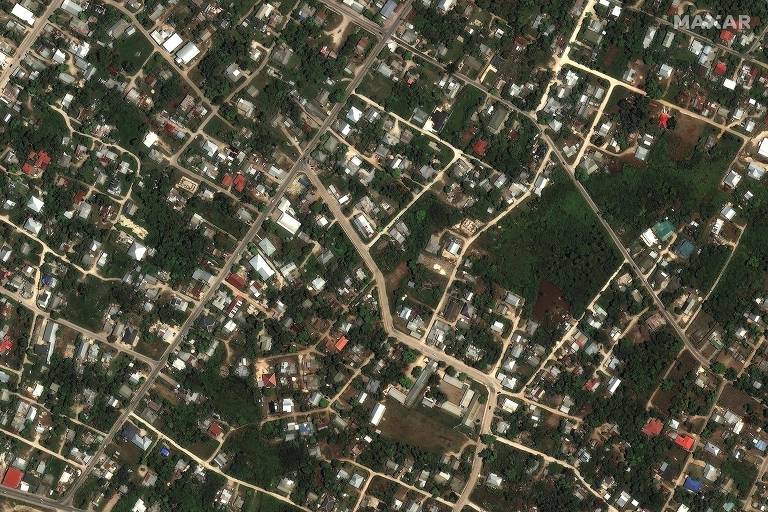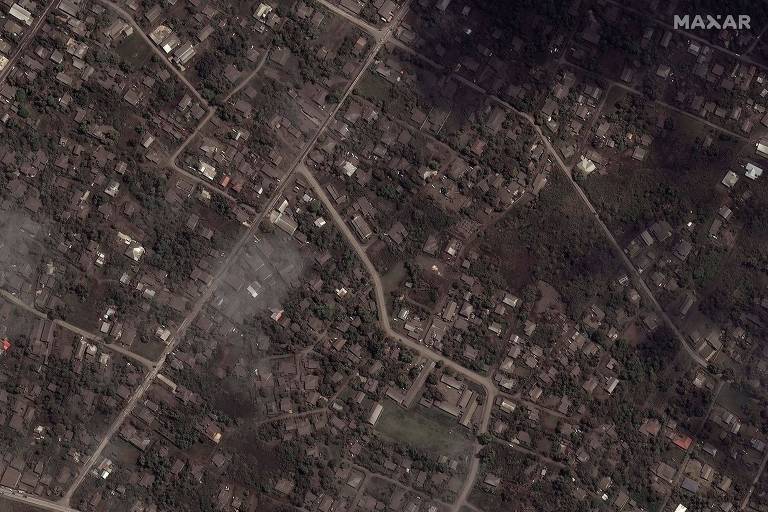As Tonga begins to better understand the scale of the damage caused by the tsunami formed after a volcanic eruption last weekend, reports from survivors with cinematic and almost miraculous stories emerge.
One is by Lisala Folau, a retired carpenter with a disability, who told a Tongan radio about her experience. The 57-year-old said he was out at sea for about 27 hours, swimming and floating between islands in the archipelago after being swept away by the giant waves.
Folau said he was painting his house on Saturday (15), on the island of Atata, where about 60 people live, when he received the tsunami alert. After the first wave hit the place, Folau, an older brother and a nephew took cover by going to a higher part of the house.
New waves, which he estimated to be up to 6 meters high, hit Atata, where satellite images of the damage were described as catastrophic. The three men and Folau’s niece then had to climb a tree to protect themselves, and when they thought the worst was over, they descended.
The apparent calm, however, was the harbinger of an even bigger wave, according to the carpenter’s account. “When the wave broke on land far below us, my niece and I had nowhere to hold on and were swept out to sea,” he said. According to him, it was 7pm on Saturday, local time.
It was night, Folau continued, and visibility was very limited. The carpenter said he could only hear his niece calling for help and his son calling him. At that moment, he claimed to have made a difficult choice to save his son’s life. “As a father, I kept silent, because if I answered, he would jump [no mar] and would try to rescue me,” he said. He clung to a log in the waves, hoping that if he died, he could have his body located by his family.
They then began what would be around 27 hours adrift after the tsunami. At first, Folau said he was close to the island of Toketoke, east of Atata. Still floating, he said he saw two maritime patrol boats and waved to the agents, who did not see him.
Satellite images show magnitude of tsunami impact in Tonga

The port facilities in the country’s capital, Nukualofa, on 29.Dec.21, before the eruption of the Hunga Tonga-Hunga Ha’apai volcano and the tsunami, and this Tuesday, 19.Jan.22- – Maxar Technologies / Reuters


Houses in a neighborhood of the Tongan capital Nukualofa before the eruption and tsunami, on 29.Dec.21, and this Tuesday, 18.Jan.22
The carpenter tried to reach the island of Polo’a, in a saga that he estimates took about eight hours to swim. What kept him going, he said, was the memory of family members — his niece whose fate on the high seas he didn’t know, a sister who has diabetes and her daughter who has heart problems.
At around 10pm on Sunday, Folau managed to reach Sopu, on the western edge of Tonga’s capital Nukualofa. He said he was practically crawling onto a road when he was picked up by a passing motorist. There is no official information about what happened to Folau’s family members, but none of the three deaths confirmed in Tonga until this Thursday (20) occurred in Atata.
In an interview with the British newspaper The Guardian, Erika Radewagen, president of the American Samoa Swimming Association, described Folau’s account as “absolutely impressive”.
“Even experienced swimmers have physical limits, and it takes a different mindset to do what he did,” he said. “It’s not like he fell off a boat. He was escaping an erupting volcano and was swept away by a tsunami.” On social media, Folau’s account went viral and earned him the nickname “Real Life Aquaman”, in reference to the comic book and movie superhero.
Tonga residents may be left without drinking water
A United Nations survey estimates that around 84,000 people, more than 80% of Tonga’s population, were severely affected by the disaster. Now, according to the UN, the biggest problem for Tongans is the risk of shortages of drinking water.
“Each house has its own water supply tanks, but most of them are filled with ash. [vulcânicas], so it’s not safe,” journalist Marian Kupu told Reuters news agency.
Waste from the eruption of the Hunga Tonga-Hunga Ha’api volcano was also preventing the landing of planes loaded with humanitarian aid sent by countries such as Australia and New Zealand. On Thursday, however, after a long effort to clear the runways, the first aircraft managed to land.
A New Zealand Air Force Hercules C-130 plane carried tons of emergency supplies. The neighboring country also sent, by ship, 250,000 liters of drinking water and desalination equipment capable of producing more than 70,000 liters a day.
An Australian Boeing Globemaster C-17 carried equipment for the construction of kitchens and temporary shelters, as well as more materials to make seawater drinkable.
In a speech broadcast on local radio, the King of Tonga, Tupou 6th, urged the population to have courage and work hard for the country’s reconstruction process.
.










